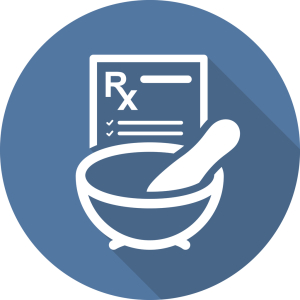President Trump signed an executive order in an attempt to improve access, increase choices and lower costs for healthcare.
What Is in the EO?
The EO directs the secretary of Labor to consider proposing regulations or revising guidance to expand Association Health Plans. The intent of this directive is to allow employers in the same line of business anywhere in the country to join together to offer healthcare coverage to their employees. It could potentially allow employers to form AHPs through existing organizations, or create new ones for the express purpose of offering group insurance. This could lead to the sale of insurance across state lines through AHPs; however, more action will need to be taken by the Department of Labor before this option can be available.
The EO directs the secretaries of HHS, Treasury and Labor to consider proposing regulations or revising guidance to expand short-term limited duration insurance (STLDI). This directive would allow the agencies to revisit the rule enacted by the Obama Administration that limited the length of STLDI plans to three months.
The EO directs the secretaries of HHS, Treasury, and Labor to consider proposing regulations or revising guidance to expand Health Reimbursement Arrangements. The intent of this directive is to allow employers to contribute more to their employees’ HRAs. HRAs are employer-funded accounts that reimburse employees for healthcare expenses, including deductibles and copayments. The IRS does not count funds contributed to an HRA as taxable income. The intent of this directive is to expand HRAs, which could provide employees with more flexibility in how their healthcare is financed.
What Happens Next?
The EO directs the secretary of Labor to act within 60 days to consider proposing regulations or revising guidance on AHPs. It also directs the secretaries of Treasury, Labor and HHS to act within 60 days to consider proposing regulations or revising guidance on STLDIs, and for the agencies to act within 120 days to consider changes to HRAs.
Within 180 days, the secretary of HHS, in consultation with the secretaries of Treasury, Labor and the Federal Trade Commission, must report to the president on state and federal laws, regulations and policies that limit healthcare competition and choice, as well as on actions that federal and state governments could take to increase competition and choice and reduce consolidation in healthcare markets.
The EO does not direct the agencies to adopt specific regulations; therefore, in order for any policies to change, the agencies will have to go through the traditional rule-making procedures of providing a proposed rule for public comment before being able to enact any final rules.
What about Open Enrollment for 2018?
At this time, nothing in the EO will affect open enrollment for 2018 unless regulatory action is taken by the agencies. Until any such regulations are enacted, the ACA and all of its regulations, penalties and enforcement remain.
Content provided by a statement from the National Association oh Health Underwriters of which Employee Benefit Advisors is a member.








